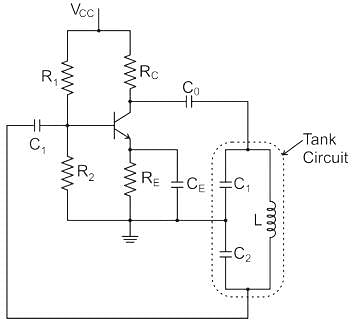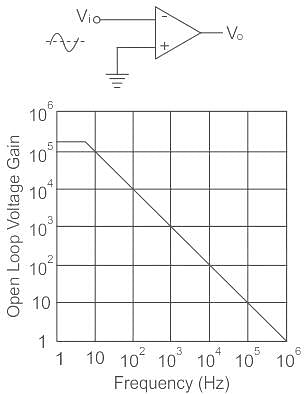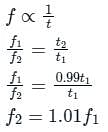Electrical Engineering (EE) Exam > Electrical Engineering (EE) Tests > Analog and Digital Electronics > Test: Types of Oscillator - 1 - Electrical Engineering (EE) MCQ
Test: Types of Oscillator - 1 - Electrical Engineering (EE) MCQ
Test Description
10 Questions MCQ Test Analog and Digital Electronics - Test: Types of Oscillator - 1
Test: Types of Oscillator - 1 for Electrical Engineering (EE) 2025 is part of Analog and Digital Electronics preparation. The Test: Types of Oscillator - 1 questions and answers have been
prepared according to the Electrical Engineering (EE) exam syllabus.The Test: Types of Oscillator - 1 MCQs are made for Electrical Engineering (EE) 2025 Exam. Find important
definitions, questions, notes, meanings, examples, exercises, MCQs and online tests for Test: Types of Oscillator - 1 below.
Solutions of Test: Types of Oscillator - 1 questions in English are available as part of our Analog and Digital Electronics for Electrical Engineering (EE) & Test: Types of Oscillator - 1 solutions in
Hindi for Analog and Digital Electronics course. Download more important topics, notes, lectures and mock
test series for Electrical Engineering (EE) Exam by signing up for free. Attempt Test: Types of Oscillator - 1 | 10 questions in 30 minutes | Mock test for Electrical Engineering (EE) preparation | Free important questions MCQ to study Analog and Digital Electronics for Electrical Engineering (EE) Exam | Download free PDF with solutions
Test: Types of Oscillator - 1 - Question 1
A crystal oscillator generates electrical oscillation of constant frequency based on the _________ effect.
Detailed Solution for Test: Types of Oscillator - 1 - Question 1
Detailed Solution for Test: Types of Oscillator - 1 - Question 2
Test: Types of Oscillator - 1 - Question 3
Which of the following characteristics is NOT desirable for the ideal op-amp?
Detailed Solution for Test: Types of Oscillator - 1 - Question 3
Test: Types of Oscillator - 1 - Question 4
Which oscillator is characterized by a split capacitor in its tank circuit?
Detailed Solution for Test: Types of Oscillator - 1 - Question 4
Test: Types of Oscillator - 1 - Question 5
The oscillator that gives good frequency stability is _____
Detailed Solution for Test: Types of Oscillator - 1 - Question 5
Test: Types of Oscillator - 1 - Question 6
The value of C required for sinusoidal oscillation of frequency = 2 kHz in the given circuit is:

Detailed Solution for Test: Types of Oscillator - 1 - Question 6
Test: Types of Oscillator - 1 - Question 7
The gain of an operational amplifier will be maximum at-
Detailed Solution for Test: Types of Oscillator - 1 - Question 7
Test: Types of Oscillator - 1 - Question 8
In a crystal oscillator, a crystal has thickness of t, If you reduce t by 1%, what happens to the frequency ‘f’?
Detailed Solution for Test: Types of Oscillator - 1 - Question 8
Test: Types of Oscillator - 1 - Question 9
For various types of oscillators, the correct statement is:
Detailed Solution for Test: Types of Oscillator - 1 - Question 9
Detailed Solution for Test: Types of Oscillator - 1 - Question 10
|
137 videos|144 docs|71 tests
|
Information about Test: Types of Oscillator - 1 Page
In this test you can find the Exam questions for Test: Types of Oscillator - 1 solved & explained in the simplest way possible.
Besides giving Questions and answers for Test: Types of Oscillator - 1, EduRev gives you an ample number of Online tests for practice









 = 3 or more
= 3 or more



















